The Austree hybrid willow, a remarkable blend of the corkscrew willow and white willow, is known for its rapid growth, making it ideal for those seeking a quick and dense green barrier. These trees can grow up to six feet annually, that is why these trees provide a full hedge within their debut season.
Thriving best in USDA hardiness zones 4 to 9, they need minimal pruning when nurtured as a hedge. Impressively, these hybrid wonders achieve their full growth within only six to seven years.

I. Growing and Care Conditions
Planting
The Austree Willow Hybrid is a versatile choice for those seeking both privacy and adaptability. Whether you opt for a linear arrangement or choose to stagger them in two rows, ensure they get 4 to 8 hours of sunlight every day for optimal growth.
These trees are quite forgiving when it comes to planting; they can be planted anytime throughout the year, as long as the ground is not frozen, and they tend to take root swiftly.
Start the planting process by digging a hole deep enough to put the root ball but ensuring it’s twice as wide. When positioning the tree in the hole, if the surrounding soil’s level stands taller than the root ball, you’d want to add more soil before placing the tree back.
Once you’ve ensured the tree is level, backfill the hole with the excavated soil and water thoroughly, ensuring any air pockets are eliminated and the soil is settled.
A location bathed in full sun or partial shade is the Austree willow’s preference. These hybrids also favor well-draining soils and are quite partial to areas with abundant rainfall. When you chose the ideal spot, excavate a hole to the depth of the tree’s root ball and double its width.
Carefully position the tree, ensuring it stands erect, then fill the void with soil, pressing down gently to remove any air gaps. A generous watering will help stabilize the plant, and if the soil settles, simply top up with more.
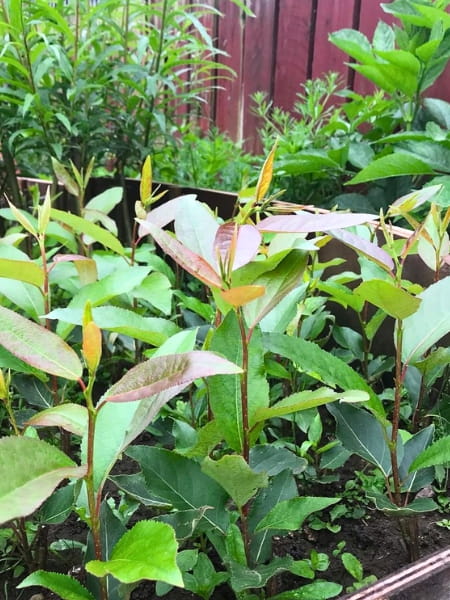
Spacing
Achieving the desired layout is contingent on how you space these trees. For a more relaxed and open appearance, consider planting your Hybrid Willow Trees 20 feet apart. This spacing will allow the outermost branches of mature trees to just graze each other.
But for those desiring a tight-knit, dense green screen, a 10-foot interval is ideal. To amplify density or to establish a formidable windbreak, consider setting up two staggered rows of these trees.
Light
Sunlight is crucial for the growth of your Hybrid Willow Tree. While they can adapt and thrive in part-sun conditions, receiving about 4 to 6 hours of direct sun, they truly shine and grow at an accelerated pace when basking in full sun. So, if you’re looking for the best performance and fastest growth from these trees, aim for a spot where they can revel in at least 8 hours of unfiltered sunlight daily.
Watering
The Austree Willow Hybrids have a specific watering schedule to ensure their optimal growth. Begin by watering them daily after planting. After 2 weeks, you can transition to watering every alternate day.
By the end of the first month, reduce the watering to twice a week. After three months, watering can be further reduced to once a week. Once the trees have been grounded for half a year, there should be no need for supplementary water unless the environment becomes excessively hot and dry.
Specifically, if the temperature rises above 80 degrees without any significant rainfall for three consecutive weeks, additional watering becomes essential.
These trees have an affinity for moisture-laden conditions. In the absence of rain for three to four weeks during summer, provide your willows with extra hydration by watering them twice a week. A simple watering guide would be counting to 20 for each tree or drenching each tree with the equivalent of five large watering cans.
Fertilizer
Austree willows are not high feeders, which means they can grow without the need for additional fertilizers. However, to ensure the ground meets their nutritional requirements, a soil test is advisable. Such a test will not only ascertain if there’s a need for supplementary nutrients but also provide insights into the soil’s pH level.
Soil Requirements
Austree Willow Hybrids exhibit a significant adaptability to a variety of soil types. They flourish best in slightly acidic to slightly alkaline soils, with a preferred pH range of 6.5 to 7.5. These trees showcase an exceptional ability to thrive in wet soil conditions, unlike many other plant species that succumb to root rot in such environments.
This makes the Hybrid Willow an excellent choice for areas in proximity to water bodies like ponds and streams or parts of the yard that tend to accumulate rainwater.
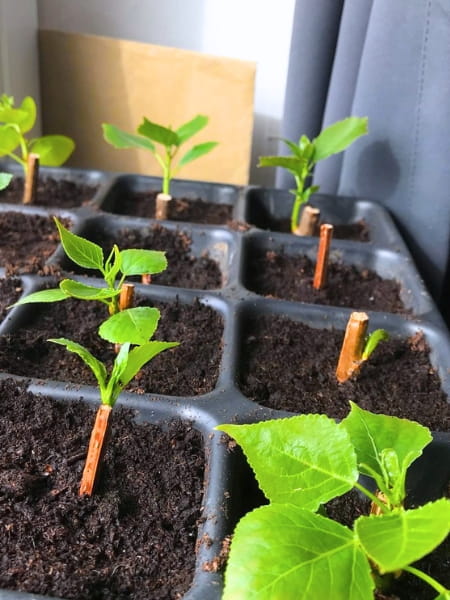
Mulch
Mulching plays a pivotal role in the care of Hybrid Willows. It’s advisable to envelop the base of these trees with shredded hardwood bark mulch annually. The mulch layer should ideally be three inches deep and should extend three feet from the trunk. Avoid piling the mulch directly against the tree trunk, as it can cause rot or pest issues.
Additionally, spreading a 3- to 4-inch layer of mulch – particularly covering the ground under the farthest branches – not only enhances the aesthetic appeal but also aids in moisture retention, ensuring the soil remains slightly damp, which is the favored condition for these trees.
Pruning
Willow Hybrids are primarily pruned to manage their size, structure, and to excise dead limbs. When trimming, ensure you cut dead branches down to their point of origin but leave a small margin, stopping about ½ inch away from the trunk. This helps facilitate natural healing of the cut.
If your vision for the Willow Hybrid is a hedge, an annual trim during the winter months is optimal. This stimulates branching and fosters a thicker, more luxuriant growth as warmer weather approaches.
Austree willows, by nature, have minimal pruning needs. However, periodic trims can be advantageous. Be attentive in identifying and removing dead, dying, or diseased branches. It’s crucial to promptly dispose of any diseased limbs away from healthy trees to prevent the spread of pathogens.
To avert the risk of fungal diseases or water retention issues, snip off the lower branches that are in close contact with the ground. While these trees are accommodating to pruning throughout most of the year, it’s best to avoid such tasks during the peak summer heat.
Pests and Diseases
Despite being robust, Austree willows aren’t entirely safe from pests. They occasionally play host to aphids and mites. Though these critters seldom jeopardize the tree’s health, unchecked infestations can be problematic.
An ecological solution is the introduction of lady beetles, which predate on these pests. However, for more severe infestations, a targeted insecticide might be required. Fungal canker diseases, recognizable by their tumor-like protrusions on branches, also occasionally afflict Austree willows.
It’s good to cut and discard these infected parts immediately upon detection, always ensuring they’re kept away from other healthy willows.
Maintenance
One of the charming attributes of the Austree willow is its self-pruning nature. The tree has a natural mechanism to manage its shape, often aided by the wind which can naturally prune branches.
This significantly simplifies maintenance tasks. Your only responsibility is to gather and dispose of any fallen branches, letting nature handle the rest.
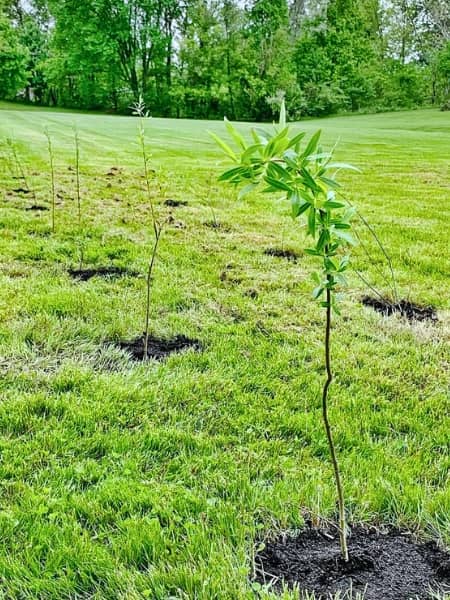
Why Should You Invest in a Willow Hybrid Tree?
A Natural Living Barrier
Imagine having a green and robust living fence that not only offers privacy but also enhances the beauty of your landscape. The Austree Willow Hybrid doesn’t just offer a typical growth rate – it surges up to 6 feet annually, crafting an unbroken and verdant barrier around your property.
Broad Climate Tolerance
One of its most commendable features is its impressive resilience. Whether it’s the scorching heat of Florida or the chilly terrains of Canada, these Willow Hybrids flourish. They aren’t merely trees; they are specimens of adaptability, making them a favorite for landscapers across various geographies.
Rapid Growth Meets Low Maintenance
- A growth rate that reaches up to 6 feet annually ensures swift privacy.
- Simplified care needs, saving time and effort.
- High resistance against diseases, ensuring a prolonged healthy life.
- Suitable for a spectrum of climates, both hot and chilly.
- The deciduous nature allows for seasonal warmth.
The Willow Hybrid provides shade when you need it most in the summertime and lets in that essential warmth during winter, potentially slashing your utility bills.
Environmental and Landscape Benefits
Besides serving as an exceptional privacy tree, the Willow Hybrid brings several ecological perks. Its robust roots can control erosion effectively, safeguarding your land. Positioned near water bodies, it can also enhance water quality – a true multitasker!
Unparalleled Privacy in Record Time
The Austree Willow Hybrid has seen a surge in popularity, primarily due to its rapid growth rate. Within a few years, homeowners can enjoy complete privacy, shielding them from prying eyes, traffic noises, or any unsavory views.
A Towering Natural Barrier
Should you wish for a tall and imposing ‘fence’, the Austree Hybrid Willow Tree answers the call. Growing between 50 to 70 feet, it’s a legitimate, natural alternative to artificial fences, often surpassing height restrictions set by many homeowners’ associations.
Year-Round Advantages
While the Willow Hybrid is a deciduous tree, this is more an advantage than a drawback. In summer, its dense foliage offers privacy and shade, while during the winter, its bare branches allow sunlight to warm your home, offering energy-saving benefits.Shield Against Winds
Prevailing winds can be detrimental, causing soil erosion or even damaging plants. The Willow Hybrid acts as a formidable barrier against such winds. Especially when combined with other evergreen plants, its rapid growth and towering height make it an excellent windbreak.
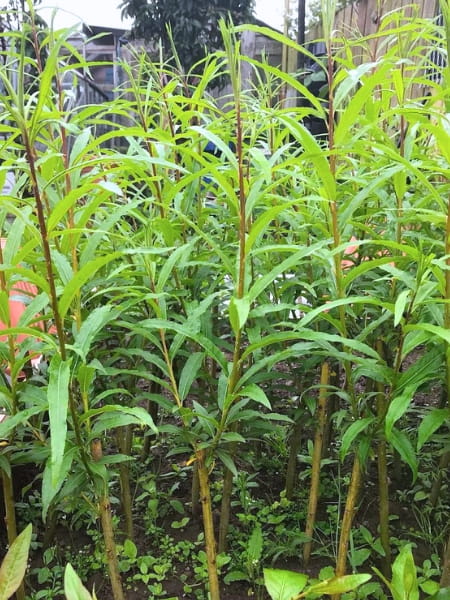
FAQs
How fast does the Willow Hybrid Tree grow?
The Willow Hybrid Tree boasts an impressive growth rate, expanding anywhere from 6 to 10 feet each year. Within a couple of years, you can expect a full privacy hedge.
Is the Willow Hybrid Tree suitable for all climates?
Yes, the Austree Willow Hybrid is resilient and versatile, thriving in various climates, from Florida to Canada. It’s both heat and cold-resistant, making it a favorite among landscape developers.
Do I need to fertilize the Willow Hybrid Tree regularly?
Generally, this tree grows well in soils with average fertility. It’s recommended to conduct a soil test to determine if there’s a need for additional nutrients. However, they are light feeders and typically don’t require frequent fertilization.
Is the Willow Hybrid evergreen?
No, the Austree Hybrid Willow Tree is a deciduous tree, which means it will shed its leaves in the fall. While it provides shade and privacy during the warmer months, its bare branches in winter let in the sun’s warmth.
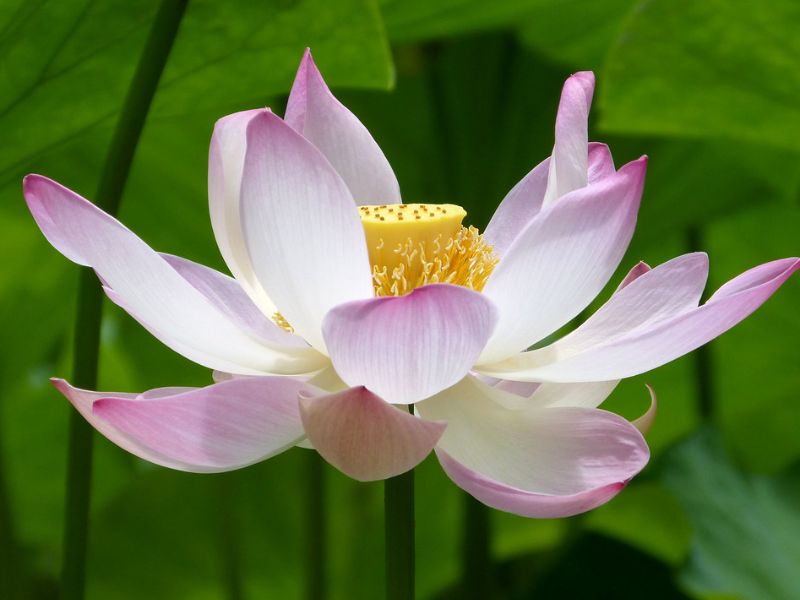
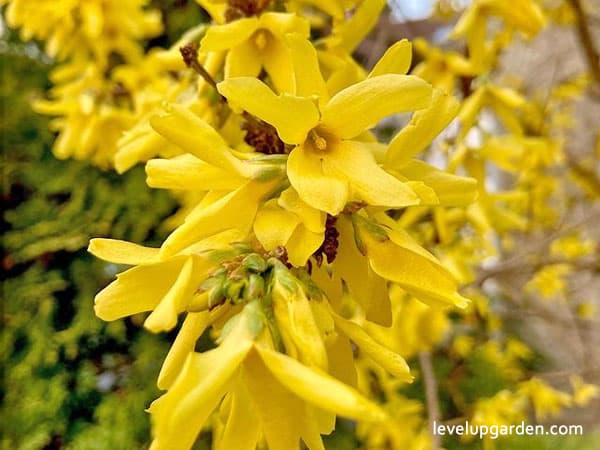






Leave a Reply